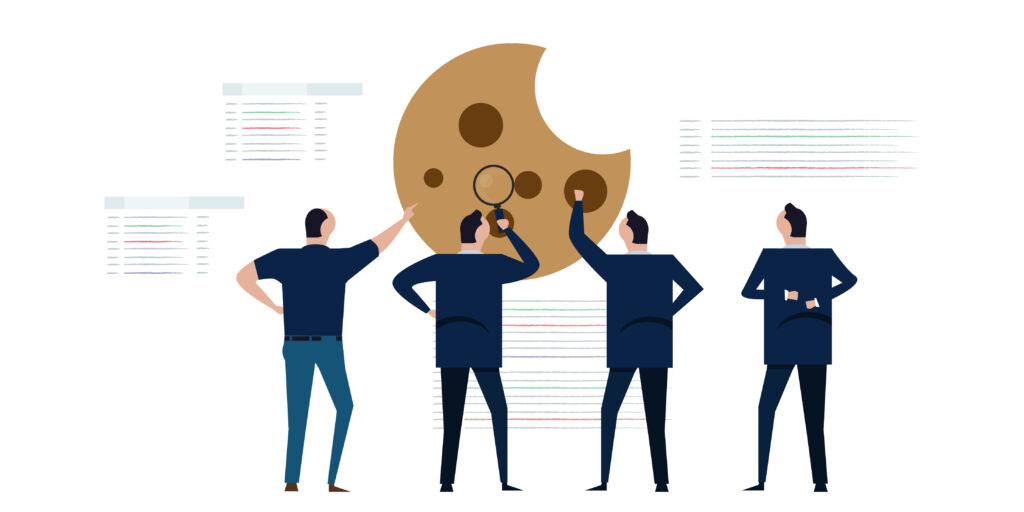In July 2022, Google made a big splash by announcing that they’d be phasing out cookies by the summer of 2023. For marketers who rely on third-party cookies, this understandably led to a lot of concern and consternation. But what if this presents an important opportunity?
What is a Third-Party Cookie?
While First-party cookies are created by the websites you visit to store things related to improving and simplifying your use of those websites, such as preferences, login detail, browsing history, and shopping baskets, Third-party cookies are those that can be created and seen by multiple websites, not just the site you’re on. They are often used for tracking and advertising purposes.
Google plans to phase out support for third-party cookies in its Chrome browser, as part of an industry-wide shift towards more privacy-friendly practices. This falls in line with regulatory changes and a growing consumer demand for greater transparency and control over their personal data. While this is not the first privacy-related change to impact web advertising, Google’s proposed changes are particularly significant given its wide reach and dominance in the market.

What Comes After Cookies Are Gone?
It’s a myth to think that if third-party cookies go away, marketers will have to operate in the dark. In fact, the shift away from third-party cookies presents a real opportunity for brands to develop a closer, more meaningful relationship with customers and prospects. They are more willing than ever to download an app or follow your brand on social media, provided that the invitation is extended in a way that feels meaningful and adds value to their experience.
When we ask customers for an email address in exchange for a 20% off coupon for their first purchase, we are being clear and transparent about what we’re doing with that data. Moving forward into a cookieless future simply requires a shift in thinking. The rules for marketers boil down to: tell people what data you’re going to collect, what you’re going to do with it, and give people a choice.
Overall, consumers want to have a say in how their information is used and feel confident that their privacy is being respected.
How Does Good Data Collection Look Like?
All that is needed is to apply the same transparency you use for email sign-up and preferences. Explicitly asking what your customers and prospects want to hear and see, instead of just inferring those answers from their behavior.
Keep information simple and transparent, and give people the choice to say yes or no. You’re far more likely to obtain information that will be accurate, and be rewarded with zero-party data that your customers are freely sharing.
This article is originally published by Emarsys:
Emarsys, an SAP company, is the omnichannel customer engagement platform that empowers marketers to build, launch, and scale personalized, cross-channel campaigns that drive business outcomes. We partner with more than 1,500 companies from global enterprises to fast-moving mid-market brands across industries.
While we are discussing digital marketing above, stay ahead of the competition by gaining latest sourcing insights, industry trends and connections with worldwide buyers and suppliers via our hktdc.com Sourcing platform. Leave us a message and we will be in touch soon:




















